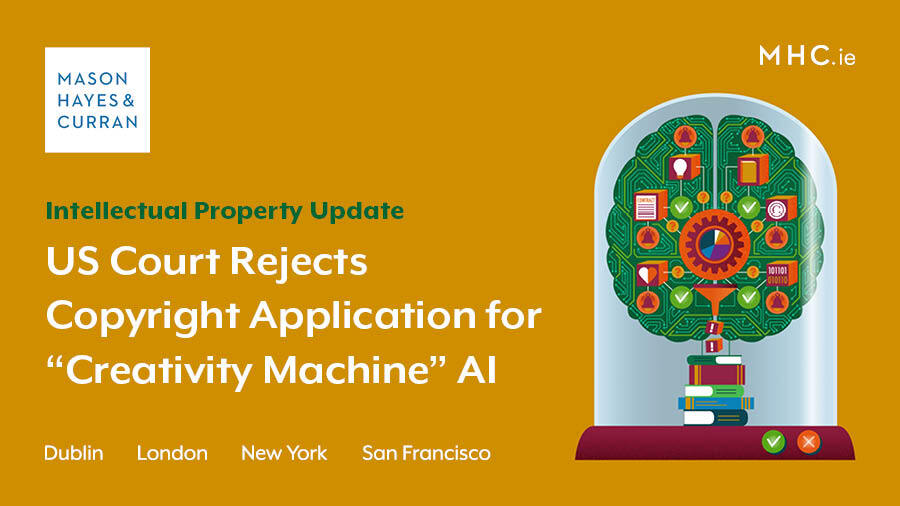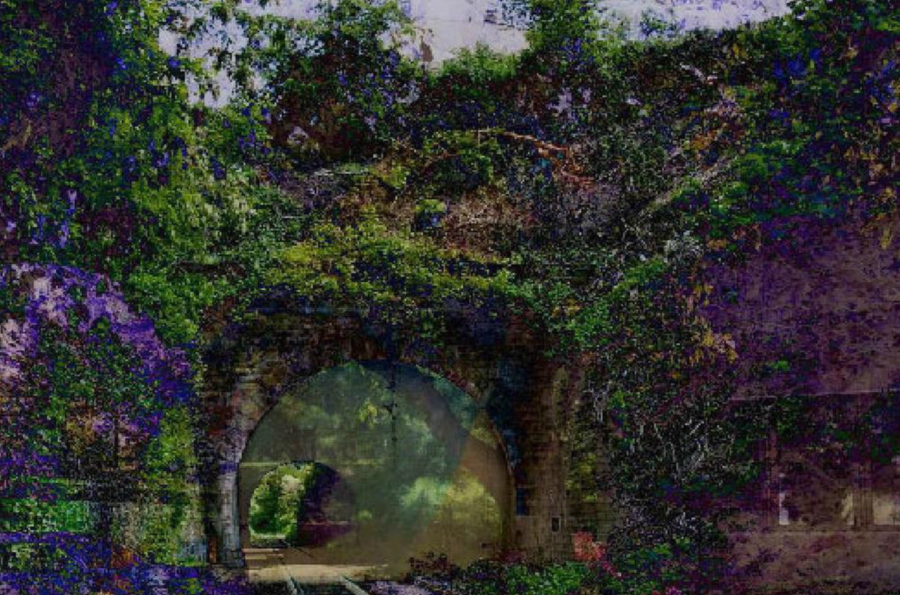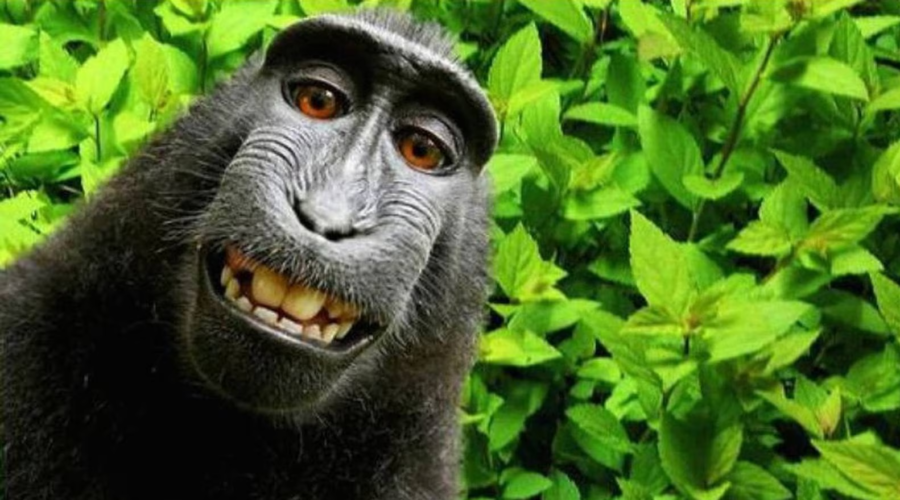US Court Rejects Copyright Application for "Creativity Machine" AI
Human After All

Should a work “generated entirely by an artificial system absent of human involvement…. be eligible for copyright”? The US District Court does not think so having recently issued a decision denying Stephen Thaler’s appeal regarding his application to register his computer system “Creativity Machine” as the author of a copyright work in the US. Gerard Kelly, Head of Intellectual Property, explains why the appeal followed the US Copyright Office’s rejection of Mr Thaler's bid to register "Creativity Machine" as copyright author, citing lack of human authorship.
Stephen Thaler claimed his computer system “Creativity Machine” generated a piece of visual art of its own accord. The US Copyright Office (USCO) had initially rejected Mr Thaler's application, as it failed the requirement of human authorship to register copyright in the US. The US District Court for the District of Colombia upheld this decision. The court's decision[1], which we analyse below, reflects the fact that US law does not recognise that works solely generated by artificial intelligence systems should be eligible for copyright protection.
Background
In his application to register certain artworks, Mr Thaler noted that the works had been “autonomously created by a computer algorithm running on a machine”. In a change of tack, he later sought to claim the copyright of the work himself as a “work-for-hire” to the owner of the Creativity Machine.

Mr Thaler's various Requests for Reconsideration, in which he contended that AI ownership should be recognised if all other criteria are met and the copyright ownership belongs to the AI owner, were rejected by the USCO. Mr Thaler appealed the decisions of the USCO to the District Court.
Judge Beryl A. Howell confirmed that the main point of contention was whether a work created by an artificial intelligence system without human involvement can be protected by copyright. Judge Howell explained that Mr Thaler spent a substantial proportion of his submission arguing about the level of his human involvement such as prompting the AI generating software. However, the judge noted that judicial review must be based on the original facts. The judge also referenced the fact that Mr Thaler’s application for copyright was submitted on the basis that the works in question were autonomously created.
Can a work autonomously generated by an AI system claim copyright?
Judge Howell confirmed that while copyright is designed to adapt with the times, human input into creativity is an essential condition of copyright. Referring to a US Supreme Court decision[2], the judge explained that a camera only produces a reproduction of a scene after the photographer's “mental conception”, which takes the form of various decisions. In this ruling, concerning a photograph of Oscar Wilde, the Supreme Court found that the photograph was “the product of [the photographer’s] intellectual invention”, the end product relied on the human not the camera.
The US Copyright Act 1976[3] provides that: “Copyright protection subsists, in accordance with this title, in original works of authorship fixed in any tangible medium of expression, now known or later developed, from which they can be perceived, reproduced, or otherwise communicated, either directly or with the aid of a machine or device.”
Therefore, to be eligible for copyright protection, the copyright work must be fixed by an author. "Author" is not defined in the 1976 Act, so the judge relied on the Merriam Webster unabridged dictionary meaning of "Author" as “one that is the source of some form of intellectual or creative work,”. It followed, the judge reasoned, that an author must then have the capacity for intellectual or creative work.
As in the Sarony decision, Judge Howell submitted that the US Supreme Court has consistently confirmed the human authorship requirement. Copyright was found in various cases involving celestial beings, such as Urantia Found. v. Kristen Maaherra[4]. In this case, the Urantia Book was deemed copyrightable because humans were involved in selecting and arranging the revelations from the celestial beings. Another case referenced by the judge was Kelley v. Chicago Park District, wherein the US court refused to recognise copyright in a garden devoid of human involvement.
The court also pointed to the famous “monkey selfie case” entitled Naruto v Slater. In this case, PETA sued a photographer on behalf of Naruto the monkey. Considering the question of who the US Copyright Act was designed to protect, the Ninth Circuit said only humans had standing. This was because the terms used to describe who has rights, including "widow" and "children", indicated that the act was designed to protect humans. As a result of these decisions, the monkey was not entitled to sue under the US Copyright Act.

Mr Thaler was unable to identify any case where the converse was true.
Work-for-hire
Judge Howell pointed out that Mr Thaler’s argument that the work was a work-for-hire failed because common law requires that a property right must exist in the first place. Moreover, both definitions under the 1976 Act require human involvement.
Takeaway
Whilst copyright registration occurs automatically in Europe, we might see a dispute in the European courts where an individual claims copyright infringement in an AI generated work. Under EU and Irish law there is a requirement that a work be original under EU and Irish law. In Infopaq International A/S v Danske Dagblades Forening[5] the EU’s highest court confirmed that originality is defined as the “author’s own intellectual creation”. Therefore, an equivalent human requirement is implied in EU and Ireland.
Earlier this year, the USCO issued a decision rejecting a copyright application to register ‘Zarya of the Dawn’, a graphic novel that includes images created with the assistance of Midjourney, a generative AI system. The topic of artificial intelligence and ownership, as we discussed in our article “No Ghost in the Machine” will be debated for the foreseeable future. However, given our legislative requirements it is unlikely that copyright will be granted to works generated solely by AI in the EU.
It may be the case that the courts will determine the question of how much input is necessary to qualify the user of an AI system as an author of a generated work. Until that point, generative AI companies should be mindful of the Thaler decision and the originality requirement when deciding who will be the author of a work.
For more information, please contact a member of our Intellectual Property or Artificial Intelligence teams.
The content of this article is provided for information purposes only and does not constitute legal or other advice.
[1] Civil Action No. 22-1564 (BAH)
[2] Burrow-Giles Lithographic Co. v. Sarony 111 U.S. 53, 58 (1884)
[3] Title 17 of the US Code
[4] 114 F.3d 955, 958–59
[5] Case C-5/08 [2009]
Share this:


